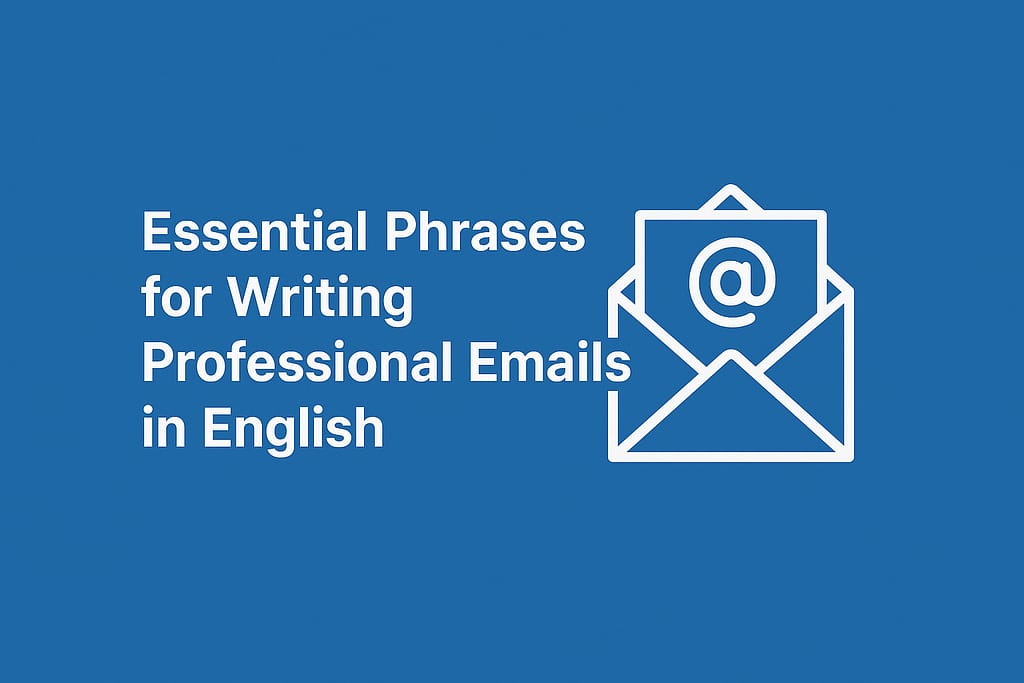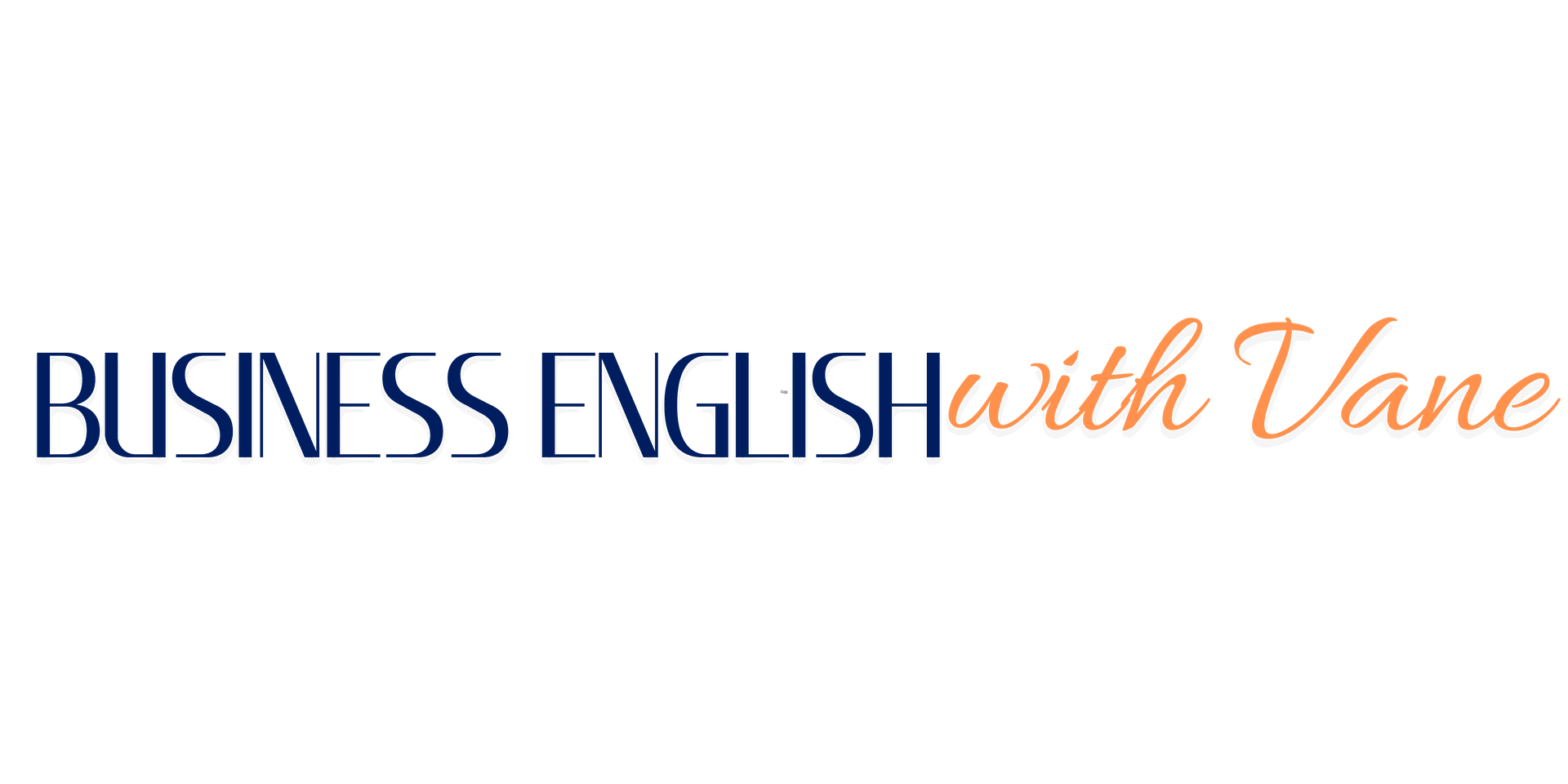
Why writing professional emails in English matters
In today’s international work environment, you probably need to send professional emails in English multiple times a day. Writing clearly and effectively is essential to avoid misunderstandings and build a strong professional image.
A well-written email shows organization, confidence, and professionalism. It helps you stand out from others who may not communicate as clearly in English.
Whether you’re writing a proposal, confirming a meeting, or replying to a client, knowing the right structure and vocabulary is key.
Basic structure of a professional email in English
Before using specific business phrases, let’s review the essential structure of a professional email in English:
- Greeting
- Opening line (introduction)
- Body (main message)
- Closing line
- Farewell or sign-off
1. Professional greetings to start your email
Your greeting sets the tone. Choose one depending on your relationship with the reader:
- Dear Mr./Ms. [Last Name] – Use this in formal situations.
- To Whom It May Concern – Use when you don’t know the recipient.
- Hi [First Name] – Use for informal or internal messages.
✅ Tip: Always capitalize names and titles correctly.
2. Phrases to open your email effectively
These phrases help start your email politely and clearly:
- I hope this email finds you well.
- I’m writing to follow up on…
- Thank you for your email regarding…
- I’m reaching out to discuss…
These expressions are commonly used in professional emails in English to establish the right tone.
3. Phrases for the body of your email
Use these sentences to organize your message and make your request clear:
- I would like to request…
- Could you please confirm…?
- We would appreciate it if you could…
- As mentioned previously…
Practicing these structures can help you write professional emails in English that are clear and confident.
4. How to close your email professionally
- End your message with a polite and respectful closing:
- I look forward to your response.
- Please let me know if you need any further information.
- Thank you for your attention.
- Don’t hesitate to reach out with any questions.
✅ Tip: Keep your tone friendly but professional.
5. Best sign-offs for professional emails
Choose your farewell based on the level of formality:
- Kind regards – Professional and neutral
- Best regards – Slightly warmer but still formal
- Sincerely – Very formal
- Best – Informal and friendly
Example of a complete professional email
Subject: Meeting Request – Q2 Sales Planning
Dear Ms. Brown,
I hope this email finds you well. I’m writing to schedule a meeting to discuss the Q2 sales strategy.
Could you please confirm your availability for next week?
Looking forward to your response.
Kind regards,
Vanessa
This email includes key phrases and a clear structure, which are vital for writing professional emails in English.
Improve your professional writing in English
If you struggle to find the right words or make frequent mistakes, you’re not alone. Many professionals want to improve their writing to feel more confident in the workplace.
In my group classes, we focus on:
- Weekly writing practice with corrections
- Email templates and documents for business use
- Real-life simulations
- A community to support your learning
Learning to write professional emails in English will boost your communication skills and open new opportunities.
Start writing better professional emails today
If you’re wondering how to write professional emails in English without mistakes, the answer lies in consistent practice and clear guidance.
Join my group classes and get the tools you need to write emails that reflect your true professional potential.
